25th April, 50 Years of Freedom
In Portugal, freedom is celebrated every year on the 25th April, but also every day that opinions can be expressed, that we can say what's on our mind, be whatever we want to be, and choose our own destiny.
25th April 1974. This historic day marked the Carnation Revolution, which brought an end to the 48-year dictatorship in Portugal. To provide more information about the events of that day, world-renowned symbols will be evoked, the places where the most important moments took place will be revealed, and an extensive programme of events will be run throughout the country.
THE PLACES
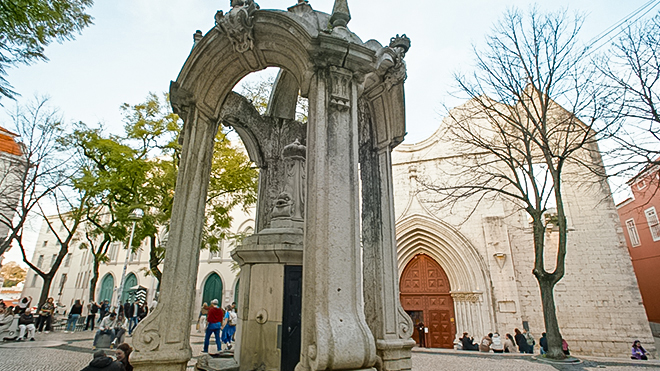
Largo do Carmo
LISBOA
Although actions were taken across the country, Lisbon, the seat of the government, became the main stage upon which the Revolution played out. On your visit to the historic centre, tour the locations of the most important events that took place on the 25th April: Terreiro do Paço, Largo do Carmo, and Chiado.
If you’d like, you can even follow the Revolution Day route, taking you through 14 locations, such as Ribeira das Naus, Terreiro do Paço, and Rua do Arsenal, among others, which will be signalled by small plaques on the ground containing a QR Code for more information.
Don't skip the Aljube Museum. Housed in what was once a political prison, the museum is dedicated to the memory of the fight against the dictatorship and the resistance, which stood for freedom and democracy.
Tracing the coastline between Lisbon and Cascais is a must. As you make your way through the various towns - Algés, Caxias, Paço de Arcos, Oeiras, Carcavelos, Parede, São Pedro do Estoril, São João do Estoril, Estoril, Cascais - you will see several forts once defended the Tagus Estuary. In Caxias, note the reference to the Caxias Fort (the one furthest from the sea), which served as an International and State Defense Police (PIDE) prison during the dictatorship.
More information at: https://50anos25abril.pt/agenda/
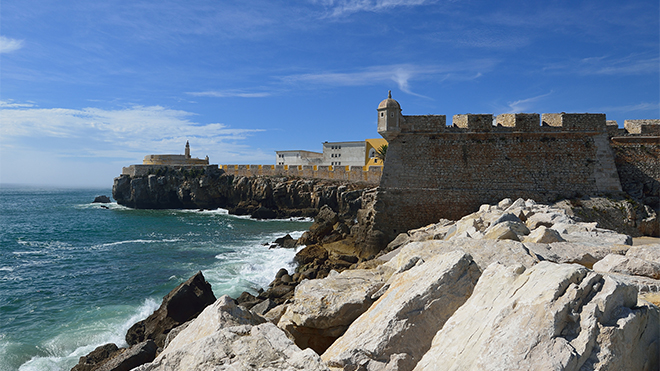
Forte de Peniche ©Shutterstock / JPF
Peniche
Peniche is known for hosting major surfing competitions and for its perfect waves at Praia dos Supertubos. The city's natural and cultural heritage is well worth a visit, as is Peniche Fortress.
The Fort, which was built in the 16th Century, constituted an important coastal military base throughout the centuries and again played an important role during the dictatorship when it was used to imprison political opponents to the regime. To keep the memory of this historic period alive, it is now the National Museum of Resistance and Freedom (Museu Nacional Resistência e Liberdade).
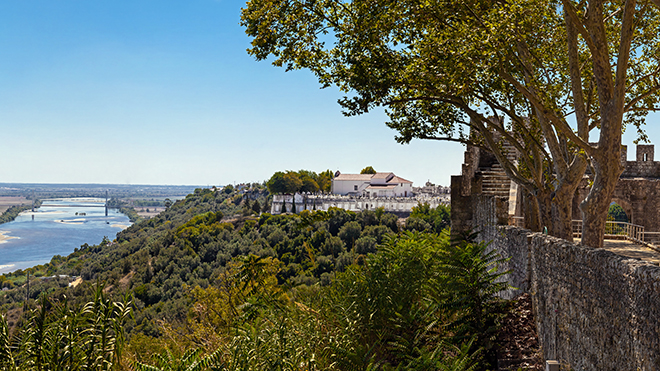
Jardim Portas do Sol, Santarém
Santarém
A viewpoint over the fertile Tagus River valley, Santarém is home to historical heritage worth visiting. Its built heritage unfurling like a stone book, the city walks visitors through the history of Portuguese art through its monuments, particularly its specimens of Gothic architecture.
The city will also be celebrating the anniversary of the Carnation Revolution in a special way, as it was from Santarém, from the Practical Cavalry School, that the military column commanded by Captain Salgueiro Maia left for Lisbon to carry out the military coup.
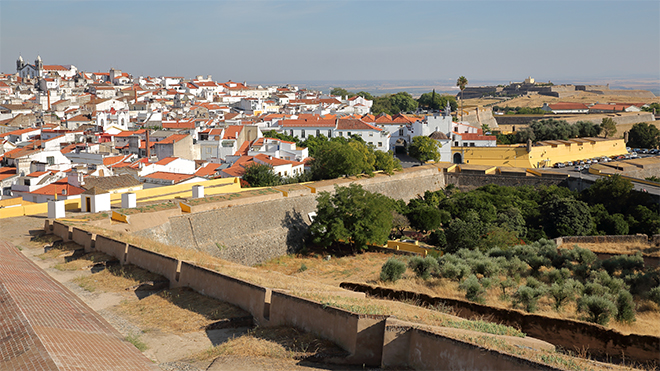
Forte de Santa Luzia, Elvas ©Christophe Cappelli / Shutterstock
Grândola
The succession of beaches along the Alentejo coast, between Troia and Melides, belong to the municipality of Grândola. As well as being home to some of the most popular beaches on the Portuguese coast, the town has gone down in history thanks to Zeca Afonso’s iconic song, "Grândola, Vila Morena".
The song was chosen by the Armed Forces Movement as the second signal. When played over the radio, it would tell the military that they could set off for Lisbon. This marked the start of the Carnation Revolution. The song has since become an anthem of the historic event, reminding us of the values won that day: freedom, equality, and solidarity.
Alcáçovas
Located in the municipality of Viana do Alentejo, Alcáçovas is on the UNESCO list of Intangible Cultural Heritage, as it is a traditional rattle-making centre, a skill passed down from generation to generation that requires a very specific manual process. The history of the art is told at the Rattle Museum through a private collection of over 3,000 pieces gathered over 60 years.
Nearby Monte Sobral set the scene for the first meeting of the April Captains and where the Carnation Revolution began to take shape.
Elvas
A city close to the Spanish border, Elvas has always naturally held military importance, with its elaborate complex of military fortifications justifying its classification as a UNESCO World Heritage Site. On your tour of the city, visit the Elvas Military Museum (Museu Militar de Elvas), where the Bravia Chaimites and armoured vehicles that took part in the Revolution are on display.
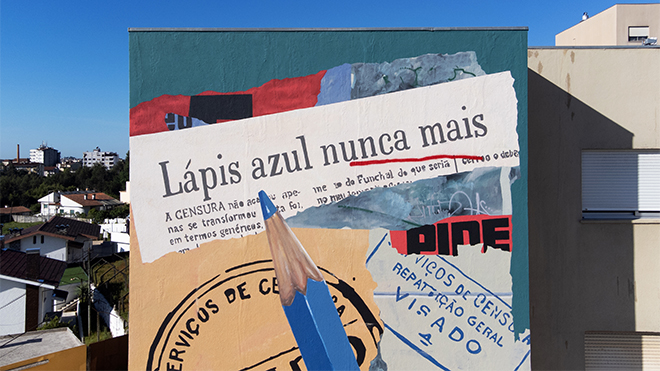
Murais de Liberdade, São João da Madeira © Ruído
"Murals of Freedom" Art Tour
From 1974 onwards, walls were used as a canvas for messages designed to mobilise passers-by to the values being fought for. Today, urban art has taken over in these locations and continues to be a much-loved form of expression and intervention that has changed the landscape of cities.
In a tour that will take you from the very north to the south of the country, through 14 locations, the "Murals of Freedom" will reveal works of urban art by the "Ruído" group. As you explore the cities that played host to the most important events of the Carnation Revolution, recall history through murals highlighting significant themes and events and symbols representing freedom, humanism, and democracy.
APRIL 25th CELEBRATIONS
An intense programme of activities will be held across the country to celebrate the occasion and Freedom itself, especially in the month of April. Particularly noteworthy are the exhibitions of photographs and documentary records from the time, which show a different Portugal from the one we see today, as well as concerts, which recall one of the most important and universal ways of staging an intervention.
View the Fiftieth Anniversary Celebration programme. On the 25th April itself, take part in or watch celebrations in the main cities, with the highlights being parades on Avenida da Liberdade in Lisbon and Avenida dos Aliados in Porto.
SYMBOLS

©ChayTessari / Unsplash
The Red Carnation
A red carnation placed in the barrel of a rifle or held by a hand are iconic images of the 25th April. The symbolism taken on by this seasonal flower is, however, linked to the action of a woman, Celeste Caeiro, taken in the moment. Celeste lived in Chiado and worked in a restaurant that was celebrating its first anniversary on the 25th April 1974, and was therefore distributing red carnations among its customers that day. When the owner heard the radio announcement that a revolution was taking place, he closed his restaurant and gave Celeste the carnations. On her way home to Rossio, she saw the Chaimites heading down towards Largo do Carmo and asked a soldier what was going on. She then gave him a carnation, which he put in his rifle. She gave more carnations to the other soldiers who put them in their rifles, and the florists in downtown Lisbon did the same.
A rifle with a carnation in it helped the population of Lisbon to identify the revolutionary troops, with the image recorded in the many photos taken that day.
A blue pencil
During the dictatorship, nothing was published in Portugal without the prior approval of the Censorship Commission. The censors kept a watchful eye on the press, the media, and every kind of cultural manifestation, crossing out texts in blue pencil and banning anything that might present an idea that questioned the regime and dictatorship. Freedom of expression was one of the greatest achievements of the April Revolution.
Music
The day of the Carnation Revolution itself has been directly linked to two songs, which were played on the radio to signal the start of the coup d'état that would bring an end to the Estado Novo dictatorship.
The first song was "E depois do Adeus”, by Paulo de Carvalho, played by Emissores Associados de Lisboa at 10:55 pm the day before so that the military could begin preparations for the military operation launched by the Movimento das Forças Armadas.
At 00:20 am, a second song - "Grândola Vila Morena”, by José Afonso (or Zeca Afonso) - was played on Rádio Renascença. It signalled a green light for the military operation to go ahead, with forces coming from Almada, Aveiro, Estremoz, Figueira da Foz, Mafra, Santa Margarida, Santarém, Serra da Carregueira, Tancos, Vendas Novas, and Viseu.


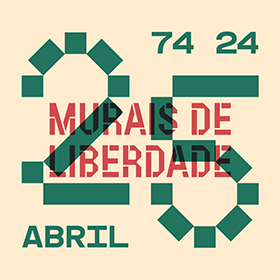
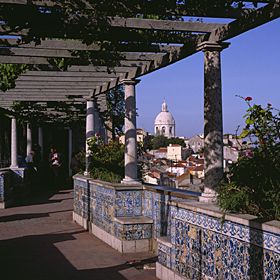
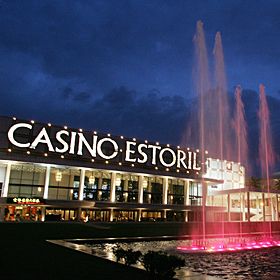
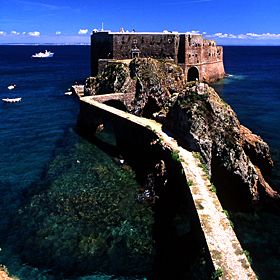
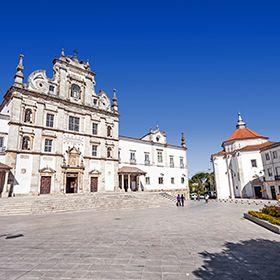

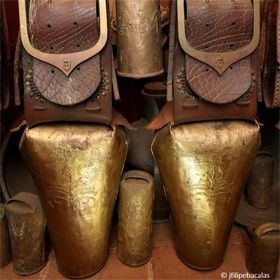
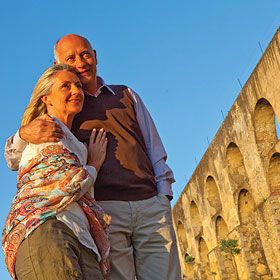


 Explore
Explore 
 Remember and Share
Remember and Share 


